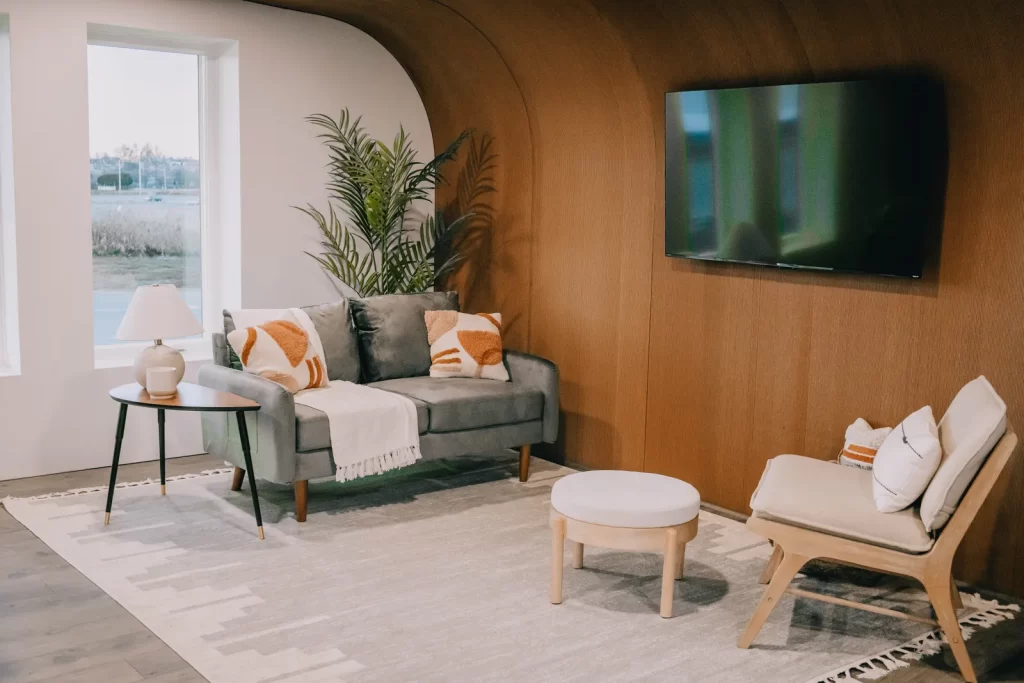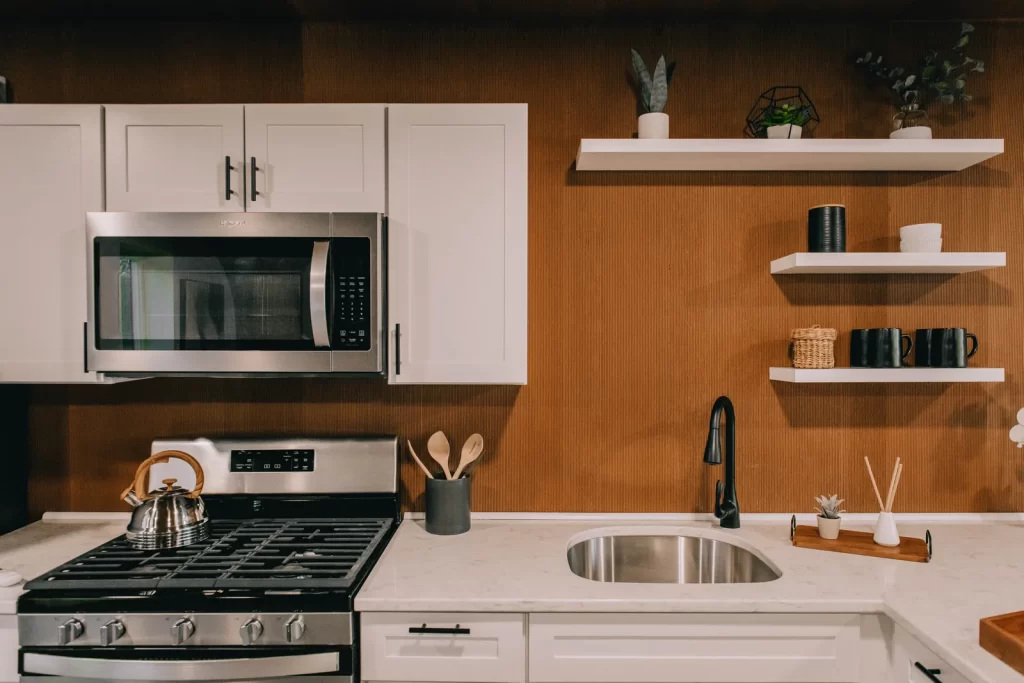3D-Printed House: A Sustainable Breakthrough With Natural Materials
In a remarkable achievement for sustainable construction, researchers have successfully 3D-printed a fully recyclable house using natural materials. This groundbreaking development presents a significant stride toward eco-friendly building practices and addresses the urgent need for sustainable housing solutions.

Traditional construction methods often involve extensive resource consumption and generate significant waste. However, this innovative approach utilizes 3D-printing technology and sustainable materials to create a structure that is not only environmentally friendly but also fully recyclable.
The process involves using a specialized 3D printer that extrudes layers of a bio-based, biodegradable material, such as clay, wood fibers, or even mycelium (the vegetative part of fungi). These materials offer excellent structural integrity, thermal performance, and aesthetic appeal, making them ideal for sustainable construction.
One of the primary advantages of 3D-printed houses is the minimal waste generated during the construction process. By precisely depositing the material layer by layer, excess waste is significantly reduced compared to conventional construction methods. Additionally, the use of natural and biodegradable materials ensures that the building can be easily dismantled and recycled at the end of its lifecycle.
This approach to construction also offers increased design flexibility and customization. 3D-printing enables architects to explore sustainable design concepts with intricate detailing. Moreover, the streamlined process of 3D-printing can expedite construction timelines, reducing energy consumption and labor costs associated with traditional building methods.

The complete recyclability of these 3D-printed houses perfectly aligns with the principles of a circular economy, promoting efficient resource utilization and minimizing waste generation. Instead of demolishing and disposing of a structure at the end of its useful life, the recyclability of the materials allows for them to be repurposed or reintegrated into new construction projects.
While this breakthrough showcases the immense potential of 3D-printing and natural materials in sustainable construction, further research and development are still required to optimize the technology, improve material properties, and ensure scalability and affordability.
